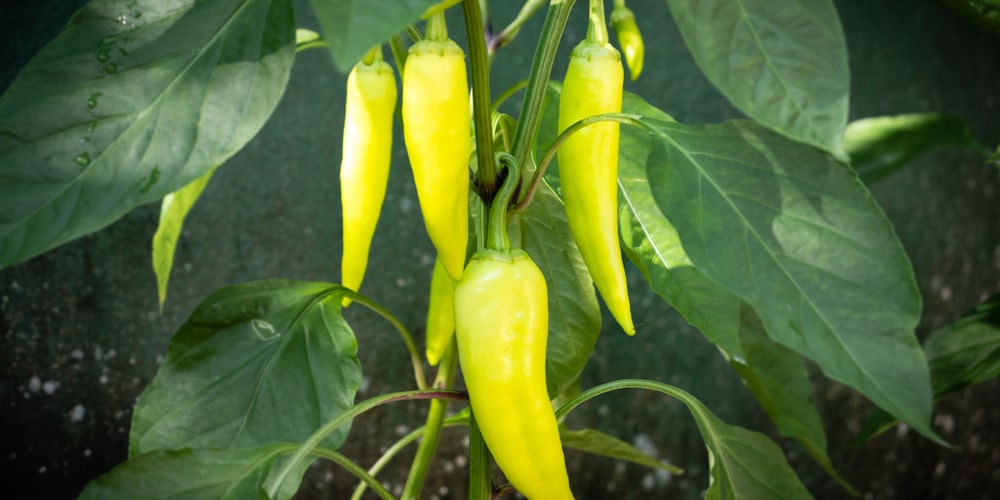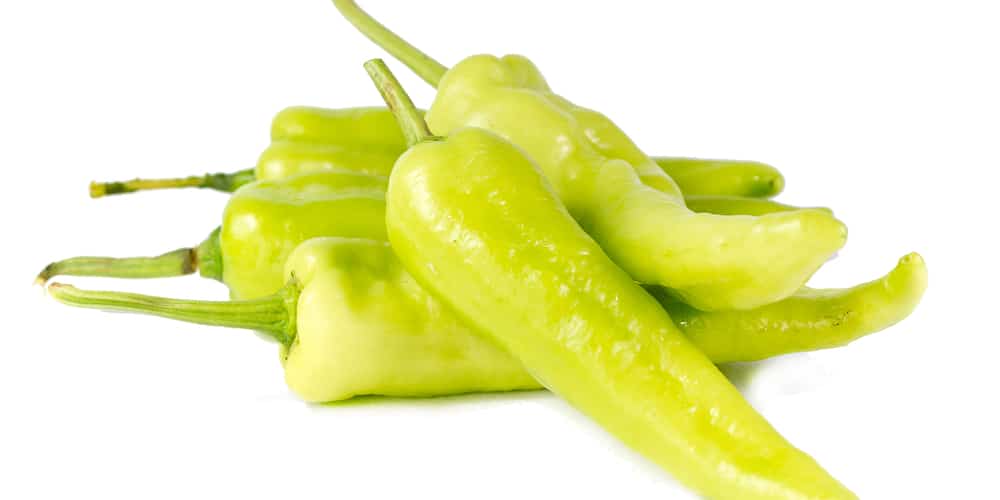How exciting is it to harvest the fruits of your efforts from your garden? Of course, if you haven’t grown veggies in your yard before, you might not know the answer. If you have done it before, you might be familiar with the delicious taste of homegrown vegetables.
As you may know or expect, there is much more beyond watering your plants once or twice a week. Indeed, growing veggies takes time and effort. It involves keeping an eye out for weeds, pests, and infections. Plus, you’ll have to know how to recreate the ideal conditions for your plants’ growth. Also, you’ll have to learn the right time to harvest your veggies.
And if you are growing the bright yellow banana peppers (you can suspect the reason for such an exotic name), you are in the right place. Indeed, if you keep reading, you’ll learn when to pick banana peppers (and much more!).
When to Pick Banana Peppers
There are many varieties of banana peppers (more on this later): some are spicy, while others are sweet. Generally, growing them is similar. However, harvesting them might be tricky. After all, you’ll get the best flavor and texture if you pick them before they reach full maturity.
Look at your peppers: they are usually ready to harvest if they are pale yellow and about 4 to 5 inches long. Also, feel their skin: it should be firm, not soggy. Don’t forget that leaving them on your plants for longer will turn them orange and yellow, which will affect their taste.
Additionally, harvesting your banana peppers at the right time will encourage your plant to keep producing, which means more harvests! Still, keep in mind that banana peppers take about 70 to 75 days to mature from their germination date.
You can make the calculation and write down the expected harvesting date on your calendar! However, temperature and other growing conditions might affect the time to maturity.
Cool-weather and suboptimal soil might slow down growth. Instead, warm weather and proper care will ensure you’ll get plenty of harvests between late spring to early summer.
How to Choose The Best Variety of Banana Pepper
Choosing the variety of banana pepper for your garden depends on your preferences. Banana peppers are slender fruits with little or no seeds.
You’ll have to wait longer for the spicy peppers to mature: you should pick them when they turn red. While you will get a strong taste, you might have to deal with a less firm texture.
So, if you plan to use your peppers in salads or eat them raw, we recommend you harvest them a bit sooner. Also, hot peppers tend to be longer than sweet varieties: you can expect them to grow up to 8 inches long.
Sweet banana peppers varieties work excellently for picking or eating fresh. You’ll find them in most nurseries and gardening stores.
When it is time to harvest your veggies, do so early in the morning, before the sun hits them.
However, avoid picking moist (or even worse, wet) peppers: it will make your plants susceptible to the spread of pathogens. Also, if you are planning to replant seeds from your peppers, use red ones: you’ll increase your chances of success.
Harvesting Banana Peppers: How To Do It
While harvesting banana peppers isn’t anything out of this world, you’ll have to be careful. Indeed, you don’t want to hurt or harm your plant. If you are using your hands, don’t forget to use one to support the plant and avoid ripping the stems. Pull the pepper up for a cleaner result. Be gentle on your plant, and don’t hurt the buds!
Alternatively, you can use pruning shears to minimize the risk of harming your plant. However, pay attention to where you do the cut: the snip shouldn’t ruin branches or leaves. Instead, cut above the bud and along the pepper’s stem.
After some practice, you’ll master the art, so don’t overthink it! Store your banana peppers in a cool and dry place if you plan to eat them within a week after harvesting. If you know you won’t consume them in such a time frame, consider placing them in the refrigerator or the freezer. Alternatively, you can dry them or prepare them canned.
Related Article: When to Plant Peppers in Oregon?

